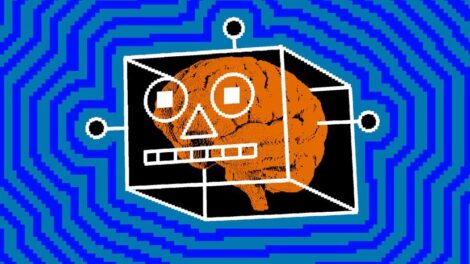In a monumental leap forward in the realm of brain-computer interfaces (BCIs), a paralyzed individual has been granted the extraordinary capability to engage in chess, purely through the power of thought. This groundbreaking development, emanating from Elon Musk’s Neuralink, marks a pivotal moment in the integration of technology with human cognitive processes, promising a transformative impact on individuals with paralysis and various neurological conditions.
The Pioneering Participant: A Glimpse into a New Reality
Noland Arbaugh’s life took an unprecedented turn when he became the inaugural human subject in Neuralink’s ambitious clinical trial. With a sophisticated implant nestled within his brain, Arbaugh has mastered the art of controlling a digital cursor on a screen through his thoughts alone. This leap in technological empowerment has bestowed upon him newfound levels of independence, enabling him to communicate and interact with his surroundings in ways that were once deemed unattainable.
The Mechanics Behind the Miracle: Understanding BCIs
Brain-computer interfaces represent the fusion of the human brain with external computing devices, enabling direct communication pathways between thought and digital execution. This technology captures neural signals, interprets them through algorithms, and translates these signals into actionable commands, allowing individuals like Arbaugh to perform tasks on digital platforms without physical movement.

The Horizon of Possibilities: Beyond Chess
While Arbaugh’s ability to play chess symbolizes a significant achievement, the potential applications of BCIs extend far beyond gaming and communication. Future iterations of this technology could offer hope to those yearning for increased autonomy, including:
- Restoration of Motor Functions: Advanced BCIs could enable individuals with paralysis to regain control over their limbs, fostering greater independence.
- Enhanced Communication: BCIs could revolutionize how people with severe communication barriers interact with their environment, offering smoother, more intuitive methods of expression.
- Cognitive Augmentation: Beyond medical applications, BCIs might one day enhance cognitive capabilities, offering novel ways of learning, memory enhancement, and even direct brain-to-brain communication.
Navigating the Ethical and Safety Landscape
As BCIs journey from experimental trials to mainstream adoption, they bring forth a spectrum of ethical considerations and safety concerns. The invasiveness of brain implants necessitates rigorous safety protocols to mitigate risks of infection or rejection. Moreover, the prospect of tapping into the human brain’s inner workings raises profound ethical dilemmas, from privacy issues to the potential for cognitive manipulation. These challenges underscore the need for a balanced approach, where innovation is coupled with stringent ethical oversight.
Charting the Future: The Road Ahead for BCIs
The pioneering efforts of Neuralink and the inspiring journey of Noland Arbaugh signify just the beginning of a new era in human-technology synergy. As BCIs evolve, they promise to unlock doors to unprecedented forms of human enhancement and rehabilitation. However, realizing this vision demands not only technological finesse but also a thoughtful consideration of the societal, ethical, and safety implications.
In this new dawn of BCIs, we stand on the brink of redefining the boundaries of human capability and interaction. As we venture into this uncharted territory, it is incumbent upon us to navigate this promising yet complex landscape with caution, optimism, and an unwavering commitment to the betterment of humanity.
This exploration into the world of brain-computer interfaces and their transformative potential showcases the remarkable strides being made towards integrating technology with human cognition. As we look towards a future where BCIs become an integral part of our lives, the possibilities are as boundless as the human mind itself.










Add Comment